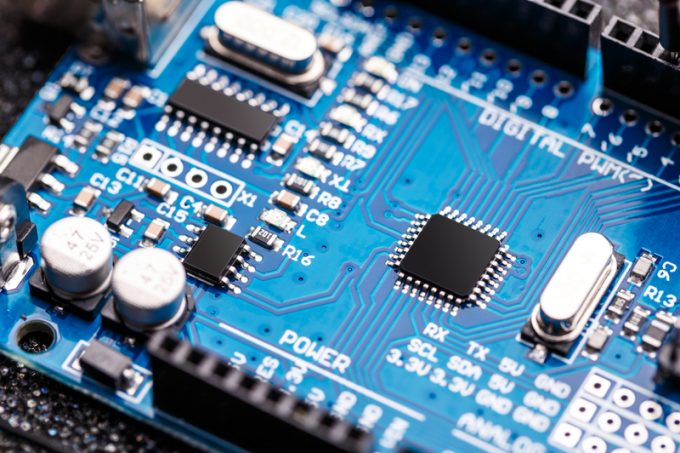Airfreight shift as Taiwan earthquake impacts semiconductor production
The airfreight market could see a temporary shift, owing to changes in semi-conductor production, following ...
TFII: SOLID AS USUALMAERSK: WEAKENINGF: FALLING OFF A CLIFFAAPL: 'BOTTLENECK IN MAINLAND CHINA'AAPL: CHINA TRENDSDHL: GROWTH CAPEXR: ANOTHER SOLID DELIVERYMFT: HERE COMES THE FALLDSV: LOOK AT SCHENKER PERFORMANCEUPS: A WAVE OF DOWNGRADES DSV: BARGAIN BINKNX: EARNINGS OUTODFL: RISING AND FALLING AND THEN RISING
TFII: SOLID AS USUALMAERSK: WEAKENINGF: FALLING OFF A CLIFFAAPL: 'BOTTLENECK IN MAINLAND CHINA'AAPL: CHINA TRENDSDHL: GROWTH CAPEXR: ANOTHER SOLID DELIVERYMFT: HERE COMES THE FALLDSV: LOOK AT SCHENKER PERFORMANCEUPS: A WAVE OF DOWNGRADES DSV: BARGAIN BINKNX: EARNINGS OUTODFL: RISING AND FALLING AND THEN RISING

Last week’s earthquake has added to the tension in the South China Sea in expediting efforts to diversify global semiconductor manufacturing.
The temporary suspension of semiconductor production, due to damaged factories, has reinforced efforts to reduce global reliance on Taiwan’s output.
The world’s largest supplier, Taiwan Semiconductor Manufacturing Company (TSMC), wants to develop its US footprint, and America is only too keen to help.
Adding to February offers of $5bn in loans to help TSMC build extra fabrication plants in the US, the Biden administration said would provide grants of $6.6bn, the company noting this would see it upgrade plans for a second Arizona plant. And TSMC itself said it planned to pump $15bn into its US operations to add a third fabrication plant, aiming to become operational in the next six years.
The US funding is being made available via the Chips and Science Act, with President Biden claiming the move was driven by a combination of commercial and national security concerns. The latter pertain to the reality that 90% of chip manufacturing is in Taiwan, facing increased sabre-rattling from Beijing and its claims that the island will be reunified with China by 2050.
Looking to muscle in on the sector – particularly, given the semiconductor was invented there – the US has ambitions to host 20% of global production by 2030.
Others, however, are equally keen for a slice of the semiconductor pie – no mean objective, considering China’s massive state support for its own manufacturers – India having recorded some recent success in this endeavour, including attracting TSMC’s biggest rival, Foxconn to partner with India’s HGL group for semiconductor production.
However, Foxconn attempted to open a semiconductor production plant in Gujarat in 2022, but its partner in that venture, Vendata, withdrew unexpectedly.
Meanwhile, the US has also teamed up with Mexico to explore opportunities to develop cross-border manufacturing, claiming the partnership “will support the work already under way to bolster regional competitiveness in semiconductors, including workforce development, in the Americas Partnership for Economic Prosperity”.
Comment on this article